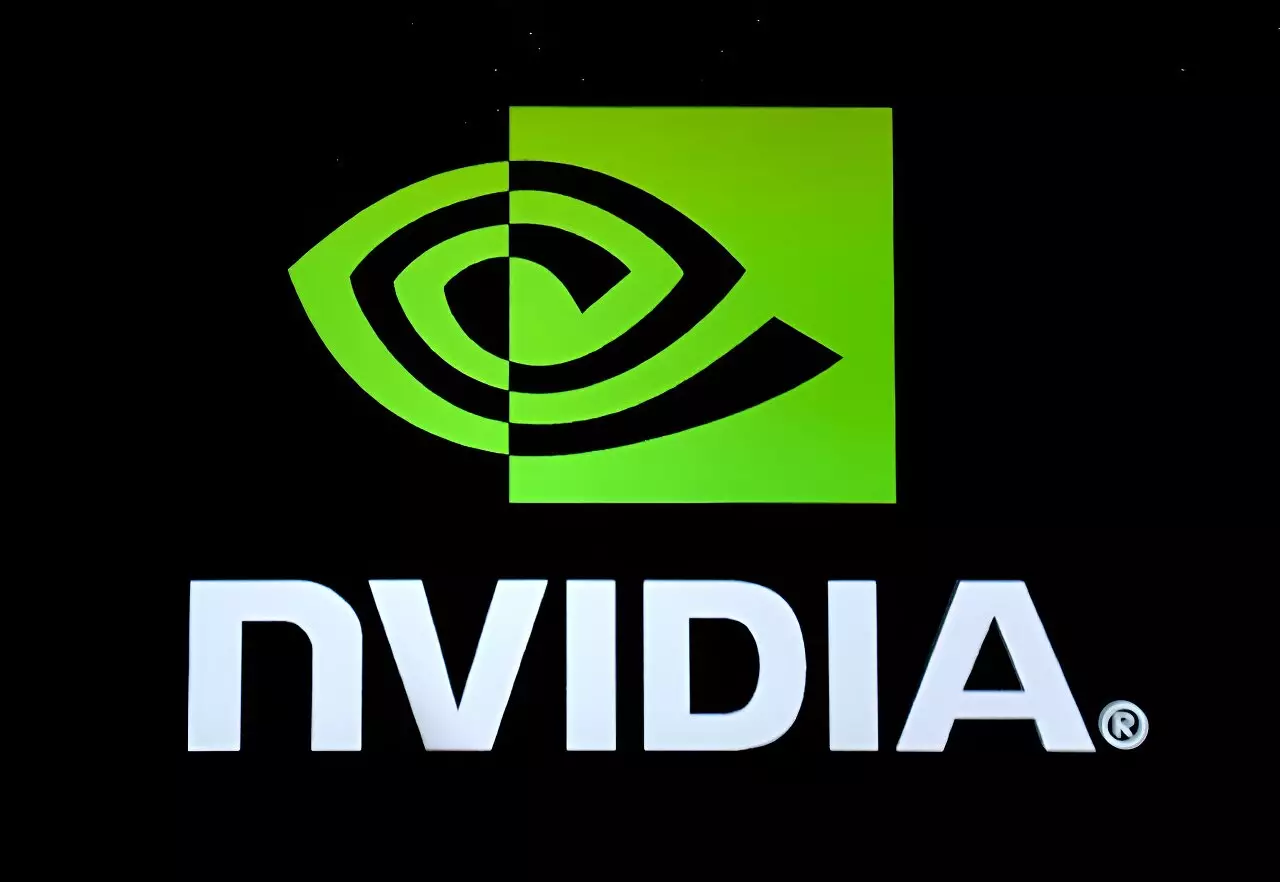Nvidia has established itself as an unparalleled leader in the rapidly expanding world of artificial intelligence hardware. Its cutting-edge GPUs are essential for training and deploying large-scale AI models, drawing investments from major tech giants like Microsoft, Google, and Amazon. Despite rising competition, Nvidia’s technological edge remains evident, bolstered by their consistent innovation and robust software ecosystem. This dominance raises significant questions about whether the company’s success stems purely from merit or if market dynamics are skewed to favor its continued growth. The industry’s reliance on Nvidia’s chips appears to be more than coincidence; it hints at a possible consolidating effect that could stifle competition over time.
The U.S. Antitrust Investigation: A Closer Look
Amid soaring sales and influence, US antitrust authorities are scrutinizing Nvidia’s practices. Reports suggest the government suspects the company may possess or have used its market power to limit customer switching to competitors’ products. When a single company becomes so pivotal in a high-growth sector, the potential for anti-competitive behavior escalates. Nvidia reportedly faces legally binding inquiries aiming to determine if its strategies—perhaps through exclusive contracts or technical barriers—are suppressing innovation and maintaining an unfair market barrier for other players. While Nvidia defends its position by emphasizing its merit and customer choice, such claims often mask underlying concerns about monopolistic tendencies in technology sectors.
Implications for Innovation and Market Dynamics
The central issue isn’t just Nvidia’s success but what it portends for the industry’s future. Market concentration, if unchecked, can diminish diversity of innovation, leading to complacency and stagnation. The tech giants who rely heavily on Nvidia’s hardware may find themselves vulnerable to supply constraints or price manipulations if Nvidia’s market position becomes overly dominant. Conversely, rapid advancements driven by Nvidia’s investments have undeniably propelled AI technology forward, but the long-term sustainability of this growth hinges on competitive vitality. Regulatory scrutiny could serve as a safeguard, ensuring the market remains open to fierce, innovative competition rather than defaulting to monopolistic dominance.
Market Confidence and the Broader Outlook
Despite the impressive financial results, Nvidia experienced a notable drop in its stock value amidst growing skepticism. The sharp eight percent decline signals investor concerns about the industry’s resilience amid economic headwinds and regulatory challenges. It’s a potent reminder that even the strongest market leaders are vulnerable to external pressures. While Nvidia’s technological leadership appears formidable now, the ongoing investigations and economic uncertainties could reshape its trajectory. The balancing act for regulators and industry players is to preserve innovation without allowing monopolistic power to impede fair competition—an intricate dance that will determine the health of AI-driven tech markets in the years to come.

